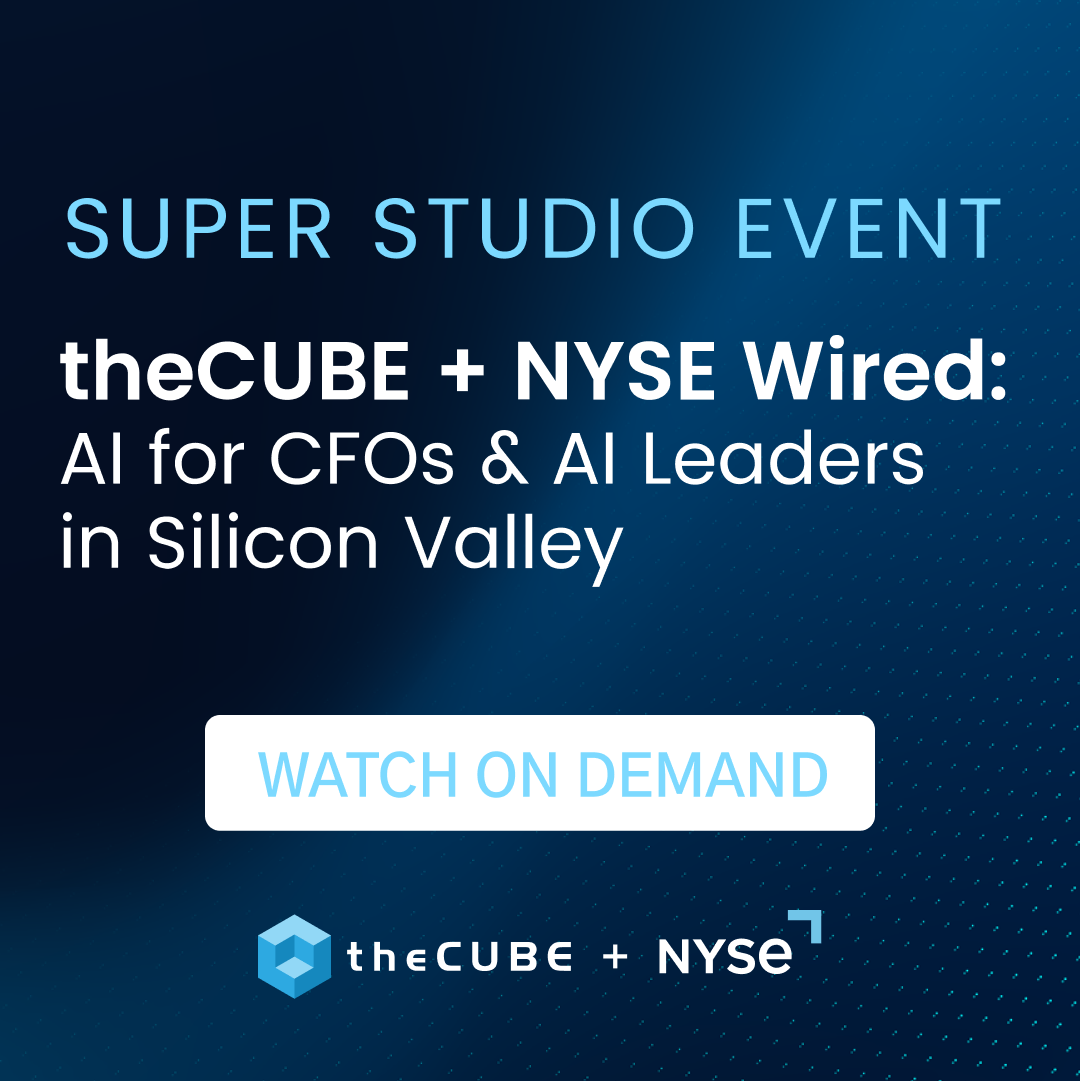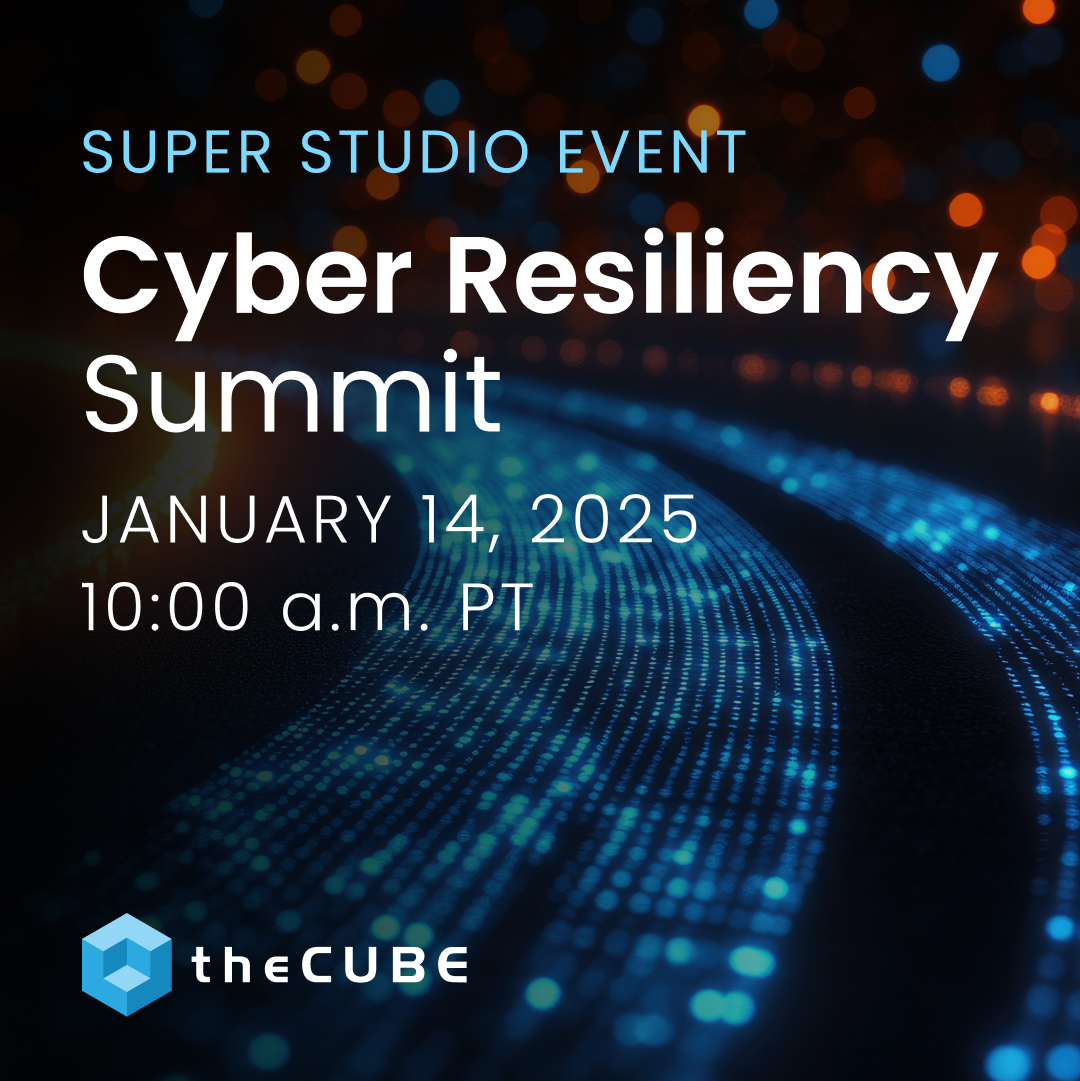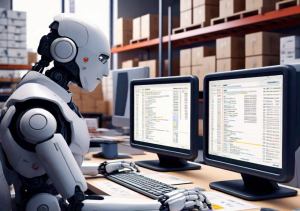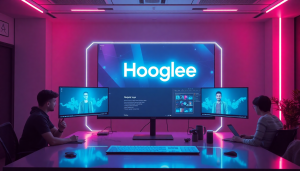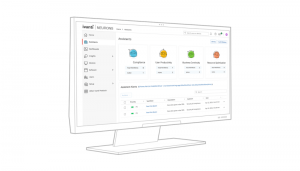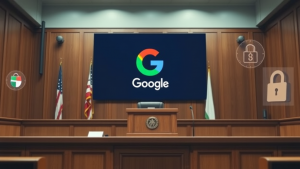How Google + Others are Building a New Brain for Your Home
In this week’s Smart Home edition we’ll be discussing Google’s efforts in this field, as well as other connected devices that aim to make our live much easier and much more fun.
![]()
Google Chromecast and Google Glass
Google is inching its way into our lives, not only via mobile devices and web services but also in making homes smarter or connected. It recently held a press event wherein it unveiled the new Nexus 7 and Chromecast.
Chromecast is a little plug-in stick looks a lot like a flash drive but instead of connecting to a USB port, it connects to the HDMI port of your HDTV. The gadget then taps into your WiFi network to stream content directly to the TV, with your Android, iOS, OS X, Windows, or Chrome OS device serving as the remote control. To get the most out of Chromecast, you’ll need an existing subscription to certain online TV services, but even without these it’ll still work with other online content, such as YouTube.
As for creating Smart Homes, though Google may have great plans for this wearable device, other developers have already found ways to make it more useful for the wearer. Revolv, the startup formerly known as Mobiplug that specializes in Smart Homes or connected devices, has an engineer that created a video showing off how Google Glass can be used to turn lights on or off, unlock a Yale Lock, play music on a Sonos music player, or even change the color of the light emitted by a Philips Hue light.
The downside with using Google Glass to turn your connected devices on or off is that you need to swipe and tap on your Google Glass to find the right connected device. The good thing is that the app supports voice control, so that could make things easier to manage. Fortunately, Revolv is layering in device recognition so that when Google Glass spots the devices in the vicinity, it will narrow down which gadget you’re trying to control.
Microsoft HomeOS
Microsoft Research, the R&D division for the Redmond company, has added Lab of Things to HomeOS – a “platform that bridges this gap by presenting users and developers with a PC-like abstraction for technology in the home.”
The incorporation of Lab of Things to HomeOS will allow researchers to better study the usage of connected devices in homes and other physical spaces. Microsoft aims to enabled households run HomeOS on a dedicated computer to be called HomeHub. Once installed, it will enable easy interconnection of devices and implementation of application scenarios, using HomeOS; easy deployment and monitoring of field studies and analysis of data from experiments; and easy sharing of data, code, and participants, further lowering the barrier to evaluating ideas in a diverse set of homes.
![]()
Event Clock
In this era where almost all the information you need is on your smartphone, we can easily overlook the simple devices in our homes. But one person has thought of transforming a simple analog wall clock into something more useful. We’ve seen some analog clocks that can display the date, right? But what if an analog clock can display more than just the time and date?
For his degree project, Victor Johansson created a series of Internet of Things-connected devices, one of them being the Event Clock. The event clock is a simple analog clock, without numbers, so you can place it on any of its four sides. The clock comes complete with hour, minute and second hands, plus two additional hands that remind you of upcoming calendar meetings, appointments or whatever you want it to display.
The reminder hands don’t actually display anything, they just light up, so you can easily see the current time and the event time at a single glance. The point is, for some people, seeing the hands of time side by side gives them a more solid idea of how much time they have left before the event or meeting.
Johansson also created a Tangible Alarm that lets you snooze or turn off the alarm on your smartphone by sliding it across a connected wooden block, and a Ceramic Stereo that automatically plays or pauses music depending on where on the device the smartphone was placed, as part of his degree project.
Make sure you check out our collection of Smart Devices and Smart Gadgets on Springpad!
A message from John Furrier, co-founder of SiliconANGLE:
Your vote of support is important to us and it helps us keep the content FREE.
One click below supports our mission to provide free, deep, and relevant content.
Join our community on YouTube
Join the community that includes more than 15,000 #CubeAlumni experts, including Amazon.com CEO Andy Jassy, Dell Technologies founder and CEO Michael Dell, Intel CEO Pat Gelsinger, and many more luminaries and experts.
THANK YOU





